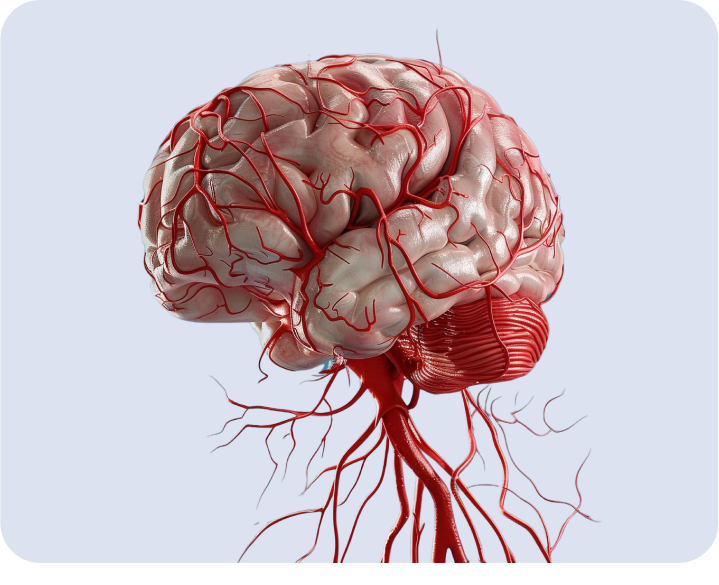Neurology - Page 6
Registered on ClinicalTrials
Oxidative stress and its correction for neurological diseases. Review of literature
Author:
A.I. Fedin
GBOU VPO “Russian National Research Medical University named after N.I. Pirogov »Ministry of Health of Russia
Place of publication:
Neurological practice
Issue No. 2 (5) February 2015
Aleksitimiy in patients with a heart attack of left -handed localization in the late recovery period
Authors:
Antonova N.A. , Kuznetsova E.B., Sholomov I.I.
GBOU VPO "Saratov State Medical University named after V.I. Razumovsky "of the Ministry of Health of Russia, the Department of Nervous Diseases
Place of publication:
Journal of Neurology and Psychiatry, 10, 2015
Neurometabolic therapy as a means of secondary prophylaxis of stroke
Author:
V.V. Kovalchuk
St. Petersburg GBUZ City Hospital No. 38 named after N.A. Semashko, St. Petersburg
Oxidative stress and its drug correction by Mexidol with traumatic brain injury
Author:
N.V. Govorov
State Budgetary Educational Institution of Higher Professional Education "Omsk State Medical Academy of the Ministry of Health", Omsk, Russia
The effectiveness of the drug "Mexidol" in patients with a combined traumatic brain injury
Authors:
I.B. Savitskaya, V.V. Nikonov, A.V. Chernov, A.Yu. Pavlenko, A.V. Beletsky
Kharkov Medical Academy of Postgraduate Education, Kharkov City Clinical Hospital of Emergency and Emergency Medical Assistance
Clinical experience in the use of Mexidol to correct astheno-vegetative disorders in patients who have suffered a mild traumatic brain injury
Author:
M.E. Sergienko
Road Clinical Hospital, Chelyabinsk
Features of the influence of Mexidol on the functional state of the central nervous system in patients who have suffered a stroke
Authors:
V.V. Kuznetsov, F.V. Yurchenko
Institute of Gerontology of AMNs of Ukraine, Kyiv
Clinical assessment of the drug Mexol in the treatment of severe traumatic brain injury at the stages of medical care
Author:
V.L. Dyushkevich
Voronezh State Medical Academy. N. N. Burdenko, Voronezh
The experience of using Mexidol in the treatment of a concussion of the brain and in the late recovery period after severe traumatic brain injuries on an outpatient basis
Author:
A.V. Ignatova
MBUZ City Polyclinic No. 26, Novosibirsk
Randomized dual-blind, placebo-controlled study of the effectiveness and safety of Mexidol in the complex therapy of ischemic stroke in the acute period
Author:
V.I. CKBOPTSOBA, L.V. Stakhovskaya, Y.P. Narcissas, M.K. Bodykhov, I.V. Kichuk, Yu.V. Gudkova, T.A. Soldatenkova, T.T. Kondrashova, E.V. Kalinina, M.A. Novichkova, O.B. Kerbikov
Department of Fundamental and Clinical Neurology of the Russian State Medical University, Research Institute of Cytochemistry and Molecular Pharmacology, Moscow
Mexidol in the prevention of intracranial hypertension syndrome with the consequences of closed traumatic brain injury
Authors:
B.M. Doronin, A.Yu. Poyagin, O.B. Tyshkevich, V.B. Doronin
Novosibirsk State Medical University, Novosibirsk, 2006
THE INFORMATION IS INTENDED FOR HEALTHCARE AND PHARMACEUTICAL PROFESSIONALS. THIS INFORMATION IS NOT INTENDED AS A SUBSTITUTE FOR MEDICAL ADVICE.
Source of photos and images Shutterstock.com














